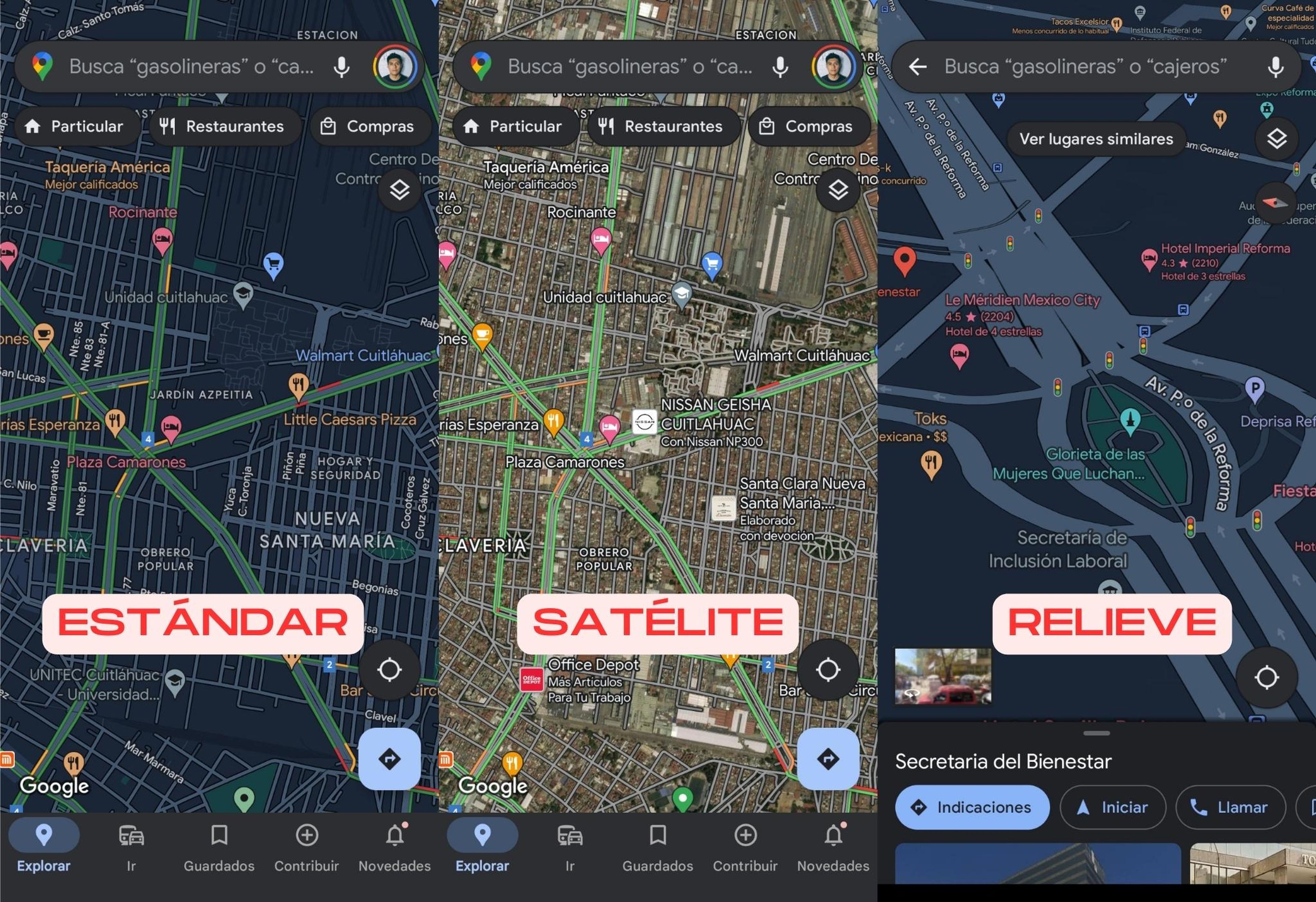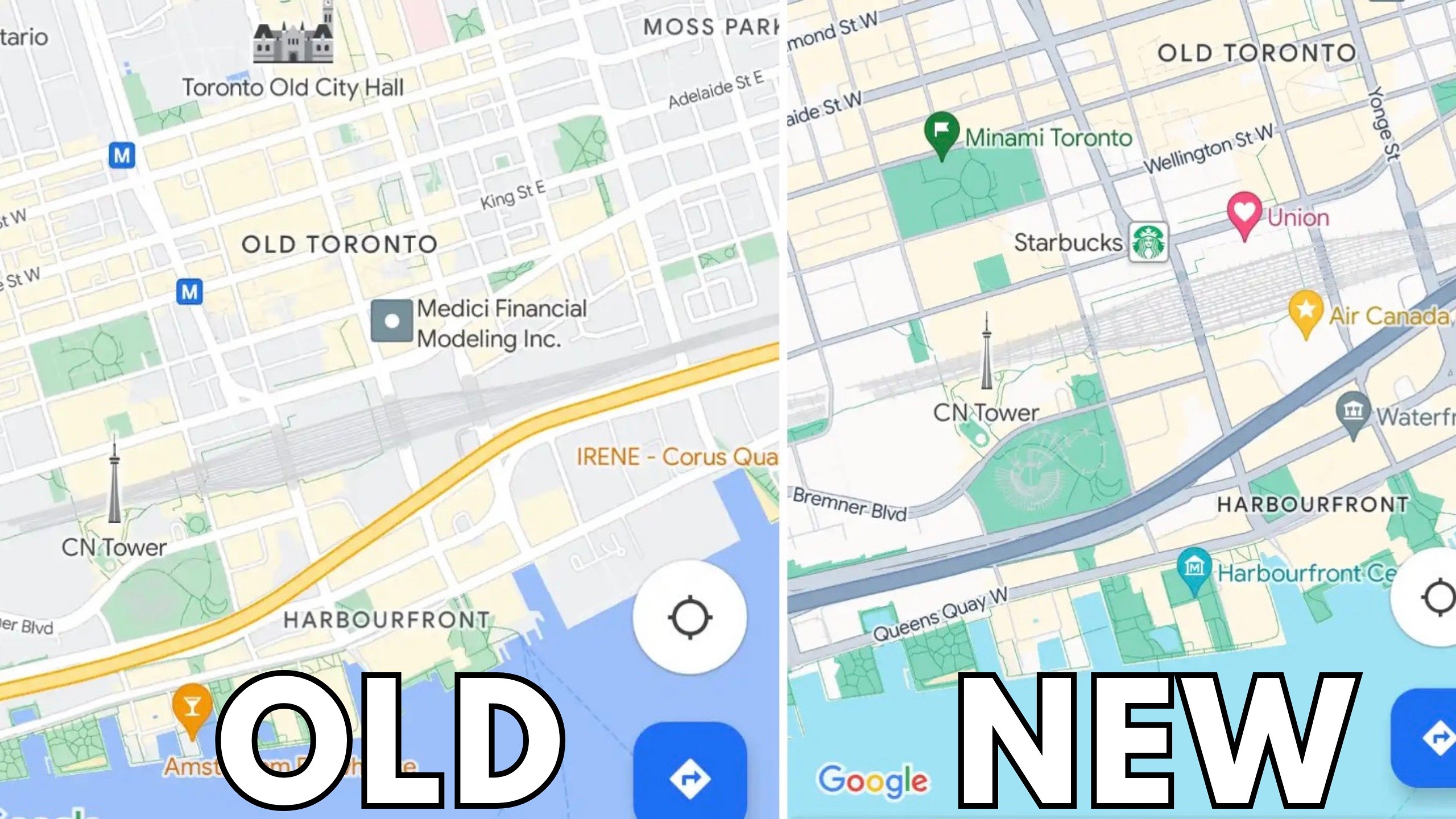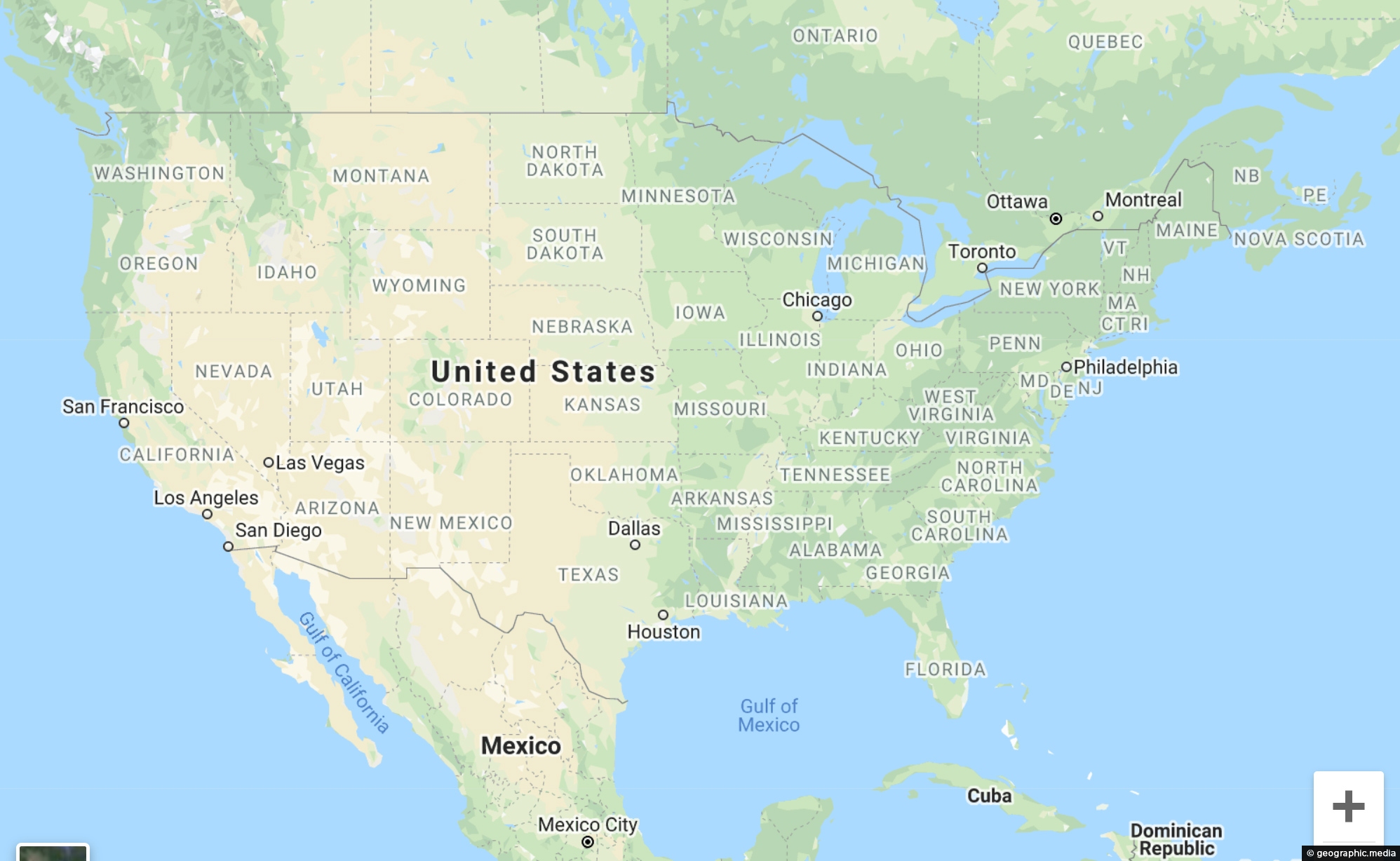
Beyond the Postcard: Charting a Course Through Native American Owned Businesses
In an era of increasingly homogenized travel, the quest for authentic, meaningful experiences has never been stronger. Travelers today seek more than just picturesque landscapes; they crave genuine connection, cultural immersion, and the satisfaction of knowing their journey contributes positively to the places they visit. This desire has led many to look beyond mainstream tourism, towards the rich tapestry of Indigenous cultures that form the very foundation of North America. And for those truly seeking to understand the spirit of a place, there’s no more profound way than by charting a course through the vibrant and diverse world of Native American owned businesses.
This isn’t just about finding a souvenir; it’s about embarking on a journey of discovery, economic empowerment, and cultural exchange. It’s about leveraging the growing accessibility of "maps" – be they digital directories, dedicated websites, or local guides – that illuminate the path to businesses owned and operated by Indigenous peoples. By intentionally seeking out these enterprises, travelers gain unparalleled insights into ancestral lands, time-honored traditions, and the resilient entrepreneurial spirit that thrives within Native American communities.
More Than Just a Purchase: The Profound Impact of Indigenous Entrepreneurship

To support a Native American owned business is to invest directly in the preservation of culture, the sustenance of communities, and the fostering of self-determination. For centuries, Indigenous peoples have faced systemic disadvantages, often marginalized from mainstream economies. Every dollar spent at an Indigenous-owned shop, restaurant, gallery, or tour operator directly contributes to reversing these historical inequities. It provides jobs, keeps capital within the community, and empowers entrepreneurs to build sustainable futures on their own terms.
Beyond the economic impact, there’s a deeper, more invaluable exchange. When you purchase a piece of hand-coiled pottery from a Pueblo artist, dine at a Navajo cafe serving traditional stews, or take a guided tour of ancestral lands with a Hopi elder, you’re not just consuming a product or service. You are engaging with living culture. You are hearing stories passed down through generations, learning about sacred landscapes, and witnessing the enduring beauty of artistic and culinary traditions that predate colonial settlement. This direct interaction fosters a level of authenticity and understanding that mass tourism simply cannot replicate. It transforms a simple transaction into a powerful act of cultural preservation and appreciation.
A Tapestry of Offerings: What You’ll Discover
The diversity of Native American owned businesses mirrors the incredible diversity of Indigenous cultures across the continent. From the Arctic to the desert, and from the Pacific to the Atlantic, each nation, tribe, and band offers unique expressions of their heritage through entrepreneurship.

-
Art & Crafts: Perhaps the most widely recognized category, Indigenous art and crafts are an absolute highlight. Imagine stepping into a gallery in Santa Fe, New Mexico, where Navajo silversmiths display intricate turquoise and silver jewelry, or a shop in Cherokee, North Carolina, showcasing hand-carved wooden masks and pottery. You’ll find stunning woven blankets from the Pacific Northwest, intricate beadwork from the Great Plains, and elegant baskets from California. The beauty lies not just in the craftsmanship, but in the stories embedded within each piece – the symbolism, the materials, the techniques passed down through countless generations. Crucially, buying directly from Native artists or reputable Native-owned galleries ensures authenticity and fair compensation, combating the pervasive issue of cultural appropriation and counterfeit goods.
-
Culinary Experiences: Food is a universal language, and Native American cuisine offers a delicious window into Indigenous cultures. Seek out restaurants serving traditional dishes like fry bread, venison stew, blue corn pancakes, or regional specialties such as Three Sisters soup. Many Indigenous chefs are also innovating, blending ancestral ingredients and techniques with modern culinary trends, creating truly unique farm-to-table experiences. From cozy cafes to upscale dining, these establishments provide not only sustenance but also a taste of history and a celebration of Indigenous food sovereignty.
-
Lodging & Hospitality: For a truly immersive experience, consider staying at Native American owned hotels, resorts, or unique accommodations on tribal lands. These can range from luxurious hotels like the Osage Casino Hotels in Oklahoma to charming bed-and-breakfasts, or even glamping experiences that connect you directly with nature and traditional living. Staying on tribal lands often comes with the added benefit of cultural programming, storytelling, and direct access to local events and experiences, providing a deeper sense of place and belonging.
-
Guided Tours & Cultural Experiences: To truly understand a landscape, walk it with those who know it best. Native American owned tour companies offer unparalleled opportunities to explore sacred sites, national parks, and tribal lands through an Indigenous lens. Imagine hiking through Canyon de Chelly with a Navajo guide, learning about medicinal plants on a guided forest walk, or paddling a traditional canoe while hearing creation stories. These experiences are not just informative; they are transformative, offering perspectives on history, ecology, and spirituality that are often overlooked in conventional tourism. Workshops – whether for pottery, weaving, basketry, or traditional cooking – also offer hands-on learning directly from master artists and cultural practitioners.


Charting Your Course: The Power of "Maps"
The question often arises: how do travelers find these invaluable businesses? This is where the concept of "maps" becomes crucial, evolving from literal paper guides to a comprehensive ecosystem of digital resources and community networks.
-
Dedicated Online Directories & Databases: Several non-profit organizations and tribal initiatives have created extensive online directories. Websites like the Indigenous Tourism Association of America (ITAA), Buy Native, and regional Native American Chambers of Commerce are invaluable starting points. These platforms often allow you to search by business type, location, and tribal affiliation, providing contact information, descriptions, and often links to social media or direct booking.
-
Tribal Tourism Websites: Many individual Native American nations, recognizing the value of cultural tourism, maintain their own official tourism websites. These sites are rich resources for finding businesses, cultural centers, events, and important information regarding respectful visitation protocols on tribal lands. For instance, the Navajo Nation Parks & Recreation website, or the various Pueblo cultural centers, offer detailed guides to businesses within their territories.
-
Local Visitor Centers & Cultural Institutions: Once you arrive in a region known for its Indigenous heritage (like the American Southwest, Pacific Northwest, or Oklahoma), local visitor centers, museums, and cultural institutions often have dedicated sections or brochures highlighting Native American owned businesses and attractions. Don’t hesitate to ask local residents for recommendations – word-of-mouth remains a powerful tool for discovering hidden gems.
-
Social Media & Specialized Apps: A growing number of Instagram accounts, Facebook groups, and even emerging mobile apps are dedicated to promoting Indigenous entrepreneurs. Following these platforms can provide up-to-date information on pop-up markets, new businesses, and events.
A Journey Through the Southwest: An Illustrative Example
Imagine planning a trip through the American Southwest, a region rich in Indigenous culture. Your "map" might lead you to the historic pueblos of New Mexico, where you could visit a family-owned pottery studio in Acoma Pueblo, directly purchasing a hand-painted olla from the artist. From there, you might journey into the vast Navajo Nation, booking a stay at a Navajo-owned guesthouse near Canyon de Chelly, spending your days exploring the ancient cliff dwellings with a local guide, and savoring traditional Navajo tacos at a roadside stand.
Continuing west, perhaps you’d find yourself in Arizona, seeking out a Hopi-owned gallery showcasing exquisite kachina dolls and intricate silverwork. Your evenings could be spent at a hotel near Sedona that features Native American art and offers cultural programming, providing a platform for local storytellers and musicians. Each stop, carefully chosen through your "map" of Indigenous businesses, transforms your vacation from a scenic drive into a deeply personal narrative, connecting you to the land and its original peoples in an unforgettable way.
Responsible and Respectful Travel: A Guiding Principle
Embarking on this kind of travel requires more than just an open wallet; it demands an open mind and a respectful heart.
- Ask for Permission: Always ask for permission before taking photographs of people, sacred sites, or private property.
- Respect Tribal Sovereignty: Understand that tribal lands are sovereign nations with their own laws, customs, and regulations. Research these before you visit. Permits may be required for certain areas.
- Support Authenticity: Be wary of generic "Native-inspired" items sold in mass-market shops. Always strive to purchase directly from Indigenous artists or verified Native-owned businesses to ensure authenticity and ethical sourcing.
- Be Mindful of Cultural Protocols: Some ceremonies or sites may be sacred and not open to the public. Always respect these boundaries. Learn about and adhere to local customs.
- Leave No Trace: Practice responsible tourism by leaving natural and cultural sites as you found them, taking only memories and photographs.
Conclusion: Travel with Purpose
Traveling through the lens of Native American owned businesses is an invitation to experience North America in its truest, most profound form. It’s an opportunity to move beyond superficial tourism and engage with the enduring legacy of Indigenous peoples, supporting their entrepreneurial spirit and contributing to the vibrant continuation of their cultures.
The "maps" are out there – in digital directories, community networks, and the recommendations of those who have already embarked on this journey. By consciously seeking out and supporting these enterprises, travelers not only enrich their own lives with authentic experiences and unique treasures but also play a vital role in fostering economic justice, cultural preservation, and a deeper understanding of the land we all share. So, pack your bags, consult your map, and prepare to discover a truly unforgettable side of Native America.
